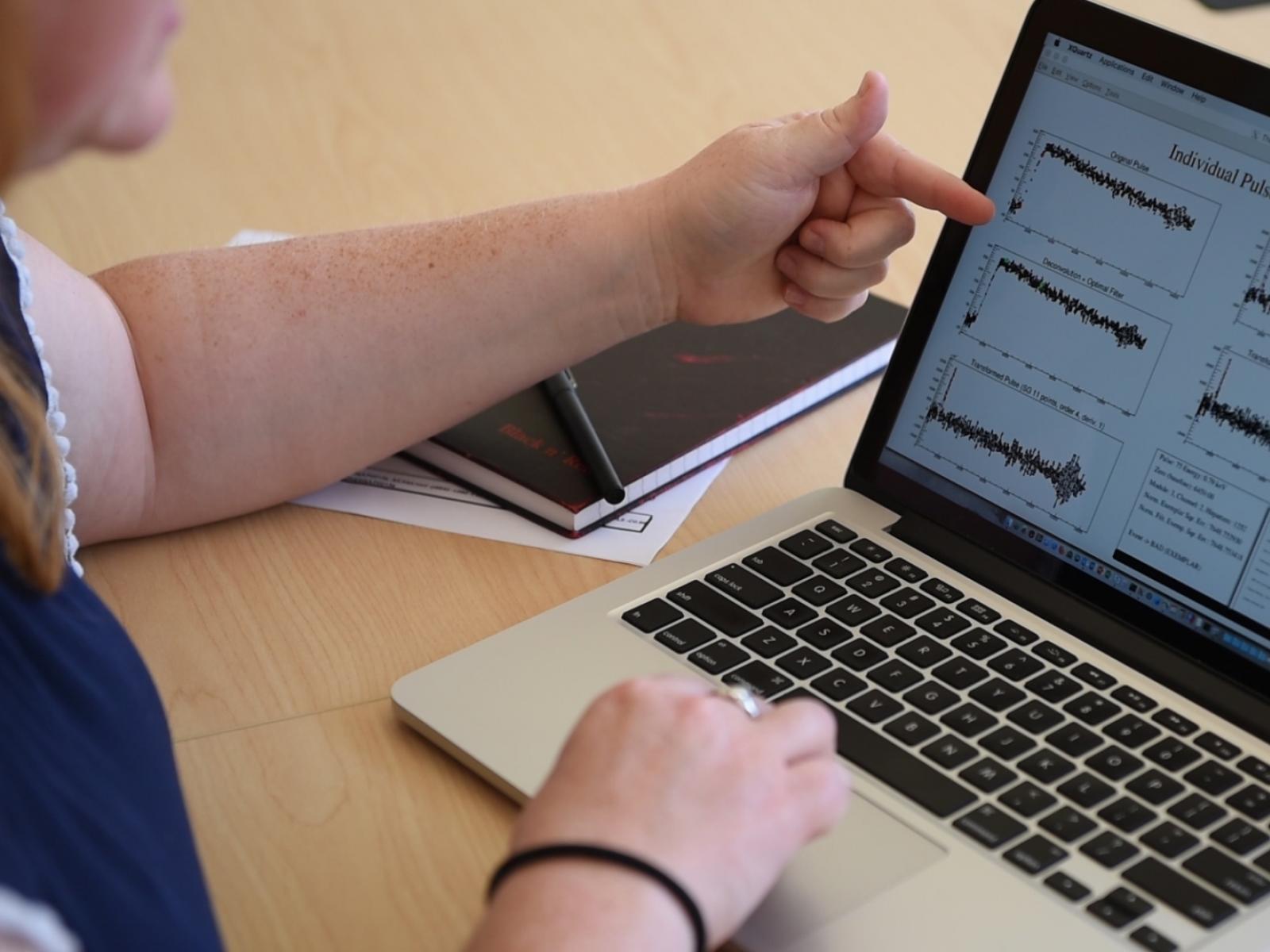Richland Scientists are Teaching Computers to Learn — and Advancing Scientific Frontiers
When you watch young children learning to sort shapes or recognize letters, you can see how layers of knowledge build upon to create new understanding. Humans excel in this regard.

PNNL researchers are exploring the use of deep learning in a range of scientific applications, including helping interpret signals from radioactive decay events by separating those of interest from background noise.
Photo courtesy of Pacific Northwest National Laboratory
Published: January 28, 2019